AJAX 实例解释(实例省略)
上面的 AJAX 应用程序包含一个 div 和一个按钮。
div 部分用于显示来自服务器的信息。当按钮被点击时,它负责调用名为 loadXMLDoc() 的函数:
- <html>
- <body>
- <div id="myDiv"><h3>Let AJAX change this text</h3></div>
- <button type="button" onclick="loadXMLDoc()">Change Content</button>
- </body>
- </html>
接下来,在页面的 head 部分添加一个 <script> 标签。该标签中包含了这个 loadXMLDoc() 函数:
- <head>
- <script type="text/javascript">
- function loadXMLDoc()
- {
- .... AJAX script goes here ...
- }
- </script>
- </head>
下面的章节会为您讲解 AJAX 的工作原理。
AJAX - 创建 XMLHttpRequest 对象
XMLHttpRequest 是 AJAX 的基础。
XMLHttpRequest 对象
所有现代浏览器均支持 XMLHttpRequest 对象(IE5 和 IE6 使用 ActiveXObject)。
XMLHttpRequest 用于在后台与服务器交换数据。这意味着可以在不重新加载整个网页的情况下,对网页的某部分进行更新。
创建 XMLHttpRequest 对象
所有现代浏览器(IE7+、Firefox、Chrome、Safari 以及 Opera)均内建 XMLHttpRequest 对象。
创建 XMLHttpRequest 对象的语法:
- variable=new XMLHttpRequest();
老版本的 Internet Explorer (IE5 和 IE6)使用 ActiveX 对象:
- variable=new ActiveXObject("Microsoft.XMLHTTP");
为了应对所有的现代浏览器,包括 IE5 和 IE6,请检查浏览器是否支持 XMLHttpRequest 对象。如果支持,则创建 XMLHttpRequest 对象。如果不支持,则创建 ActiveXObject :
- var xmlhttp;
- if (window.XMLHttpRequest)
- {// code for IE7+, Firefox, Chrome, Opera, Safari
- xmlhttp=new XMLHttpRequest();
- }
- else
- {// code for IE6, IE5
- xmlhttp=new ActiveXObject("Microsoft.XMLHTTP");
- }
AJAX - 向服务器发送请求
XMLHttpRequest 对象用于和服务器交换数据。
向服务器发送请求
如需将请求发送到服务器,我们使用 XMLHttpRequest 对象的 open() 和 send() 方法:
- xmlhttp.open("GET","test1.txt",true);
- xmlhttp.send();
| 方法 | 描述 |
|---|---|
| open(method,url,async) | 规定请求的类型、URL 以及是否异步处理请求。
|
| send(string) | 将请求发送到服务器。
|
GET 还是 POST?
与 POST 相比,GET 更简单也更快,并且在大部分情况下都能用。
然而,在以下情况中,请使用 POST 请求:
无法使用缓存文件(更新服务器上的文件或数据库)
向服务器发送大量数据(POST 没有数据量限制)
发送包含未知字符的用户输入时,POST 比 GET 更稳定也更可靠
GET 请求
一个简单的 GET 请求:
- xmlhttp.open("GET","demo_get.asp",true);
- xmlhttp.send();
实例:
- <html>
- <head>
- <script type="text/javascript">
- function loadXMLDoc()
- {
- var xmlhttp;
- if (window.XMLHttpRequest)
- {// code for IE7+, Firefox, Chrome, Opera, Safari
- xmlhttp=new XMLHttpRequest();
- }
- else
- {// code for IE6, IE5
- xmlhttp=new ActiveXObject("Microsoft.XMLHTTP");
- }
- xmlhttp.onreadystatechange=function()
- {
- if (xmlhttp.readyState==4 && xmlhttp.status==200)
- {
- document.getElementById("myDiv").innerHTML=xmlhttp.responseText;
- }
- }
- xmlhttp.open("GET","/ajax/demo_get.asp",true);
- xmlhttp.send();
- }
- </script>
- </head>
- <body>
- <h2>AJAX</h2>
- <button type="button" onclick="loadXMLDoc()">请求数据</button>
- <div id="myDiv"></div>
- </body>
- </html>
在上面的例子中,您可能得到的是缓存的结果。
为了避免这种情况,请向 URL 添加一个唯一的 ID:
- xmlhttp.open("GET","demo_get.asp?t=" + Math.random(),true);
- xmlhttp.send();
如果您希望通过 GET 方法发送信息,请向 URL 添加信息:
- xmlhttp.open("GET","demo_get2.asp?fname=Bill&lname=Gates",true);
- xmlhttp.send();
POST 请求
一个简单 POST 请求:
- xmlhttp.open("POST","demo_post.asp",true);
- xmlhttp.send();
如果需要像 HTML 表单那样 POST 数据,请使用 setRequestHeader() 来添加 HTTP 头。然后在 send() 方法中规定您希望发送的数据:
- xmlhttp.open("POST","ajax_test.asp",true);
- xmlhttp.setRequestHeader("Content-type","application/x-www-form-urlencoded");
- xmlhttp.send("fname=Bill&lname=Gates");
实例:
- <html>
- <head>
- <script type="text/javascript">
- function loadXMLDoc()
- {
- var xmlhttp;
- if (window.XMLHttpRequest)
- {// code for IE7+, Firefox, Chrome, Opera, Safari
- xmlhttp=new XMLHttpRequest();
- }
- else
- {// code for IE6, IE5
- xmlhttp=new ActiveXObject("Microsoft.XMLHTTP");
- }
- xmlhttp.onreadystatechange=function()
- {
- if (xmlhttp.readyState==4 && xmlhttp.status==200)
- {
- document.getElementById("myDiv").innerHTML=xmlhttp.responseText;
- }
- }
- xmlhttp.open("POST","/ajax/demo_post2.asp",true);
- xmlhttp.setRequestHeader("Content-type","application/x-www-form-urlencoded");
- xmlhttp.send("fname=Bill&lname=Gates");
- }
- </script>
- </head>
- <body>
- <h2>AJAX</h2>
- <button type="button" onclick="loadXMLDoc()">请求数据</button>
- <div id="myDiv"></div>
- </body>
- </html>
| 方法 | 描述 |
|---|---|
| setRequestHeader(header,value) | 向请求添加 HTTP 头。
|
url - 服务器上的文件
open() 方法的 url 参数是服务器上文件的地址:
- xmlhttp.open("GET","ajax_test.asp",true);
该文件可以是任何类型的文件,比如 .txt 和 .xml,或者服务器脚本文件,比如 .asp 和 .php (在传回响应之前,能够在服务器上执行任务)。
异步 - True 或 False?
AJAX 指的是异步 JavaScript 和 XML(Asynchronous JavaScript and XML)。
XMLHttpRequest 对象如果要用于 AJAX 的话,其 open() 方法的 async 参数必须设置为 true:
- xmlhttp.open("GET","ajax_test.asp",true);
对于 web 开发人员来说,发送异步请求是一个巨大的进步。很多在服务器执行的任务都相当费时。AJAX 出现之前,这可能会引起应用程序挂起或停止。
通过 AJAX,JavaScript 无需等待服务器的响应,而是:
1、 在等待服务器响应时执行其他脚本
2、 当响应就绪后对响应进行处理
Async = true
当使用 async=true 时,请规定在响应处于 onreadystatechange 事件中的就绪状态时执行的函数:
- xmlhttp.onreadystatechange=function()
- {
- if (xmlhttp.readyState==4 && xmlhttp.status==200)
- {
- document.getElementById("myDiv").innerHTML=xmlhttp.responseText;
- }
- }
- xmlhttp.open("GET","test1.txt",true);
- xmlhttp.send();
Async = false
如需使用 async=false,请将 open() 方法中的第三个参数改为 false:
- xmlhttp.open("GET","test1.txt",false);
我们不推荐使用 async=false,但是对于一些小型的请求,也是可以的。
请记住,JavaScript 会等到服务器响应就绪才继续执行。如果服务器繁忙或缓慢,应用程序会挂起或停止。
注释:当您使用 async=false 时,请不要编写 onreadystatechange 函数 - 把代码放到 send() 语句后面即可:
- xmlhttp.open("GET","test1.txt",false);
- xmlhttp.send();
- document.getElementById("myDiv").innerHTML=xmlhttp.responseText;
实例:
- <html>
- <head>
- <script type="text/javascript">
- function loadXMLDoc()
- {
- var xmlhttp;
- if (window.XMLHttpRequest)
- {// code for IE7+, Firefox, Chrome, Opera, Safari
- xmlhttp=new XMLHttpRequest();
- }
- else
- {// code for IE6, IE5
- xmlhttp=new ActiveXObject("Microsoft.XMLHTTP");
- }
- xmlhttp.open("GET","/ajax/test1.txt",false);
- xmlhttp.send();
- document.getElementById("myDiv").innerHTML=xmlhttp.responseText;
- }
- </script>
- </head>
- <body>
- <div id="myDiv"><h2>Let AJAX change this text</h2></div>
- <button type="button" onclick="loadXMLDoc()">通过 AJAX 改变内容</button>
- </body>
- </html>
AJAX - 服务器响应
服务器响应
如需获得来自服务器的响应,请使用 XMLHttpRequest 对象的 responseText 或 responseXML 属性。
| 属性 | 描述 |
|---|---|
| responseText | 获得字符串形式的响应数据。 |
| responseXML | 获得 XML 形式的响应数据。 |
responseText 属性
如果来自服务器的响应并非 XML,请使用 responseText 属性。
responseText 属性返回字符串形式的响应,因此您可以这样使用:
- document.getElementById("myDiv").innerHTML=xmlhttp.responseText;
responseXML 属性
如果来自服务器的响应是 XML,而且需要作为 XML 对象进行解析,请使用 responseXML 属性:
请求 books.xml 文件,并解析响应:
- xmlDoc=xmlhttp.responseXML;
- txt="";
- x=xmlDoc.getElementsByTagName("ARTIST");
- for (i=0;i<x.length;i++)
- {
- txttxt=txt + x[i].childNodes[0].nodeValue + "<br />";
- }
- document.getElementById("myDiv").innerHTML=txt;
实例:
- <html>
- <head>
- <script type="text/javascript">
- function loadXMLDoc()
- {
- var xmlhttp;
- var txt,x,i;
- if (window.XMLHttpRequest)
- {// code for IE7+, Firefox, Chrome, Opera, Safari
- xmlhttp=new XMLHttpRequest();
- }
- else
- {// code for IE6, IE5
- xmlhttp=new ActiveXObject("Microsoft.XMLHTTP");
- }
- xmlhttp.onreadystatechange=function()
- {
- if (xmlhttp.readyState==4 && xmlhttp.status==200)
- {
- xmlDoc=xmlhttp.responseXML;
- txt="";
- x=xmlDoc.getElementsByTagName("title");
- for (i=0;i<x.length;i++)
- {
- txttxt=txt + x[i].childNodes[0].nodeValue + "<br />";
- }
- document.getElementById("myDiv").innerHTML=txt;
- }
- }
- xmlhttp.open("GET","/example/xmle/books.xml",true);
- xmlhttp.send();
- }
- </script>
- </head>
- <body>
- <h2>My Book Collection:</h2>
- <div id="myDiv"></div>
- <button type="button" onclick="loadXMLDoc()">获得我的图书收藏列表</button>
- </body>
- </html>

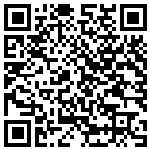

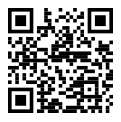




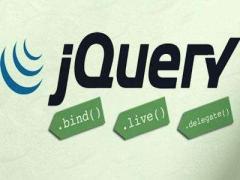

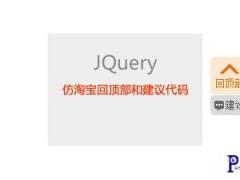

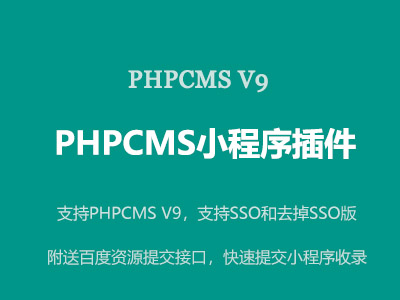
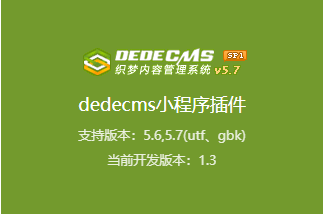
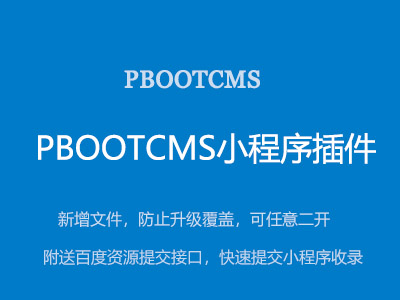
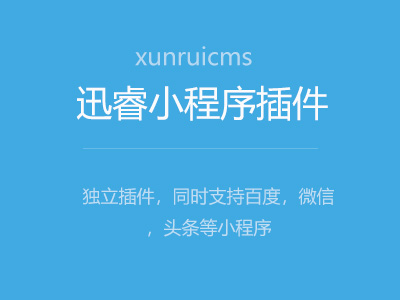
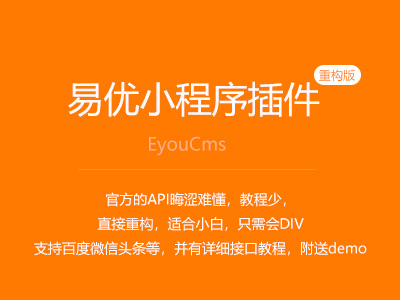
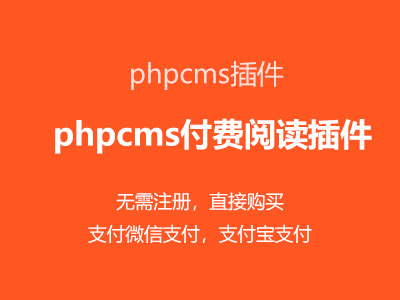
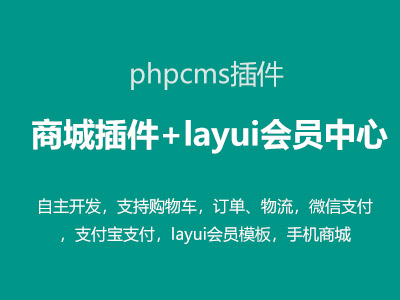
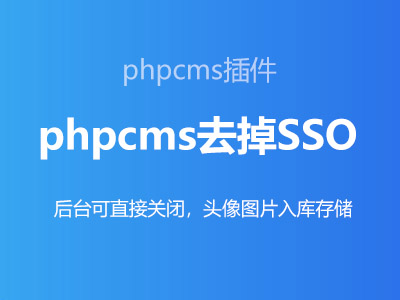
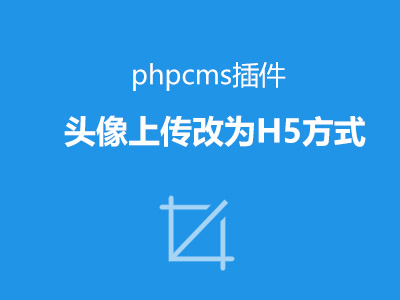
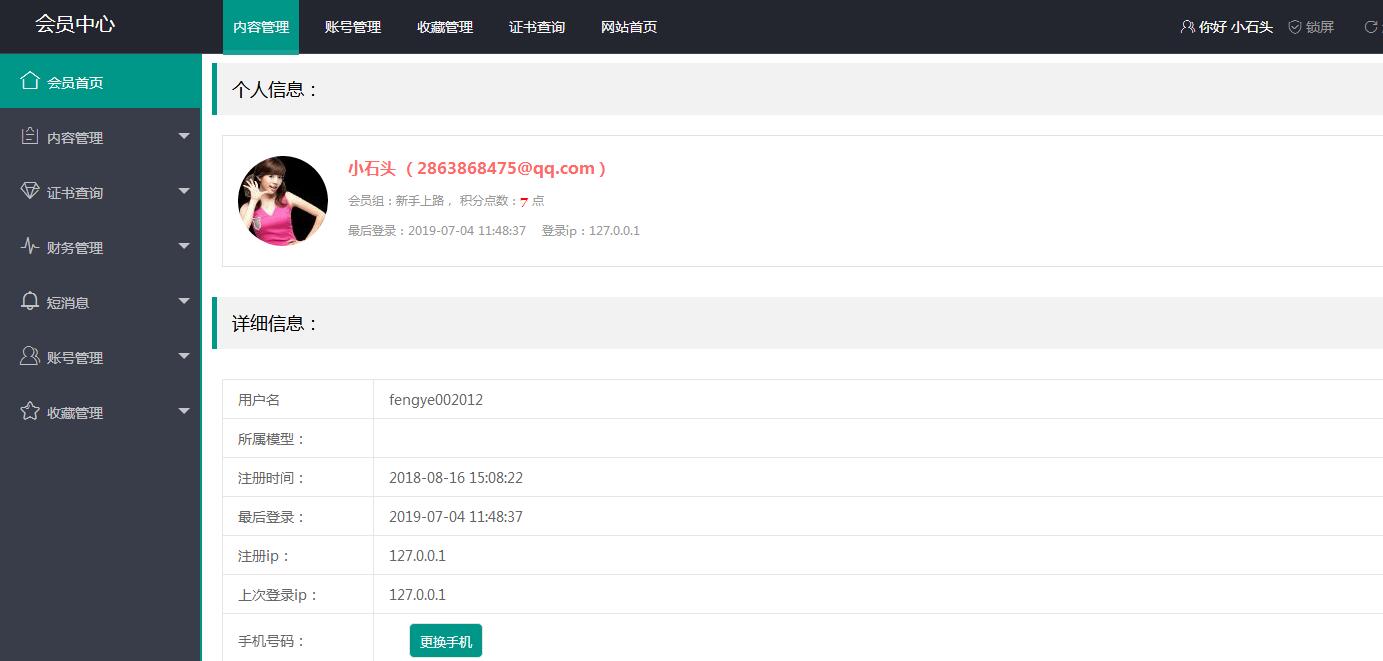




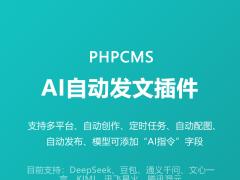
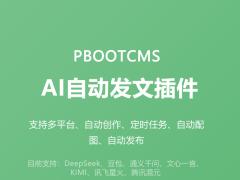

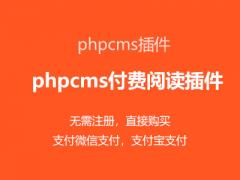
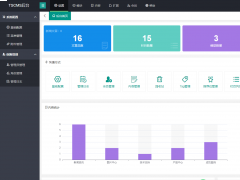
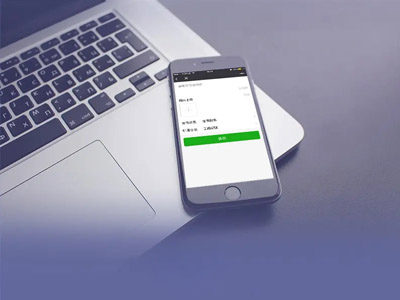
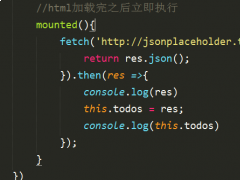
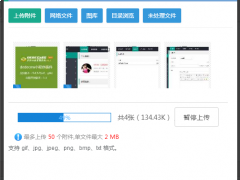
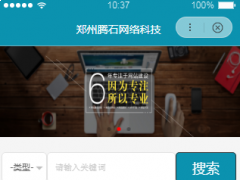
文章点评